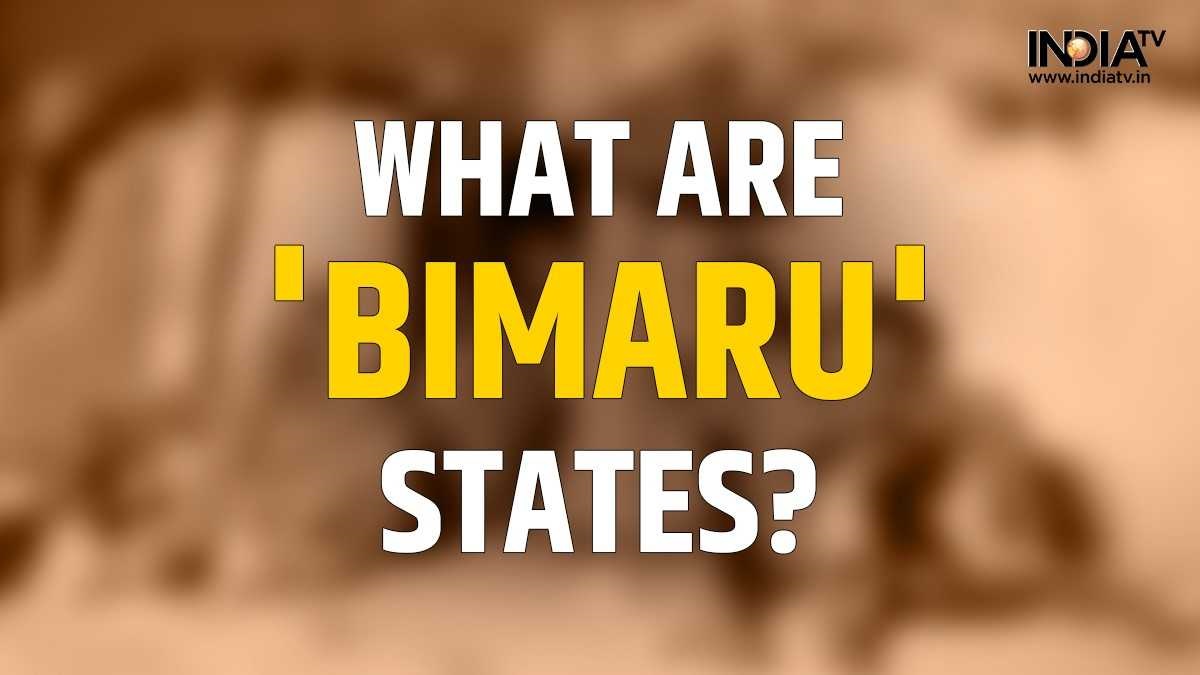In mid-1980s, a demographer named Ashish Bose coined a term which was called 'BIMARU' to refer the states including -- Bihar, Madhya Pradesh, Rajasthan, and Uttar Pradesh -- having poor economic, social, and demographic growth.
The demographer called these states as 'BIMARU' because in Hindi, the term means sick or ill.
Why these states are called 'BIMARU'?
Some of the factors that contribute to the BIMARU status of these states are high population growth rates, low literacy rates, high infant and maternal mortality rates, low per capita income, high poverty levels, and inadequate infrastructure.
These states also face challenges such as corruption, casteism, communalism, and political instability.
Is there any change in 'BIMARU' status of these states?
Some of these states have shown signs of improvement in recent years, especially in terms of economic growth.
For example, Bihar has recorded a high growth rate of 11.3% in 2019-20, surpassing many other states.
Rajasthan and Madhya Pradesh have also made progress in sectors such as agriculture, tourism, and renewable energy.
Uttar Pradesh has launched several initiatives to boost industrial development, infrastructure, and social welfare.
Therefore, it may not be fair to label these states as 'BIMARU' anymore, as they have the potential to overcome their challenges and contribute to the development of India.
What alternative acronyms have been suggested for these states?
Some experts have suggested alternative acronyms such as RUMBA -- Rajasthan-Uttar Pradesh-Madhya Pradesh-Bihar -- or MUDRA -- Madhya Pradesh-Uttar Pradesh-Rajasthan-Bihar -- to reflect their changing status.
ALSO READ | BRICS Summit 2023: PM Modi to embark on 3-day visit to South Africa I What are India's key expectations
ALSO READ | Caste, religion stickers on vehicles? What law says about it, penalty and other details | EXPLAINED

